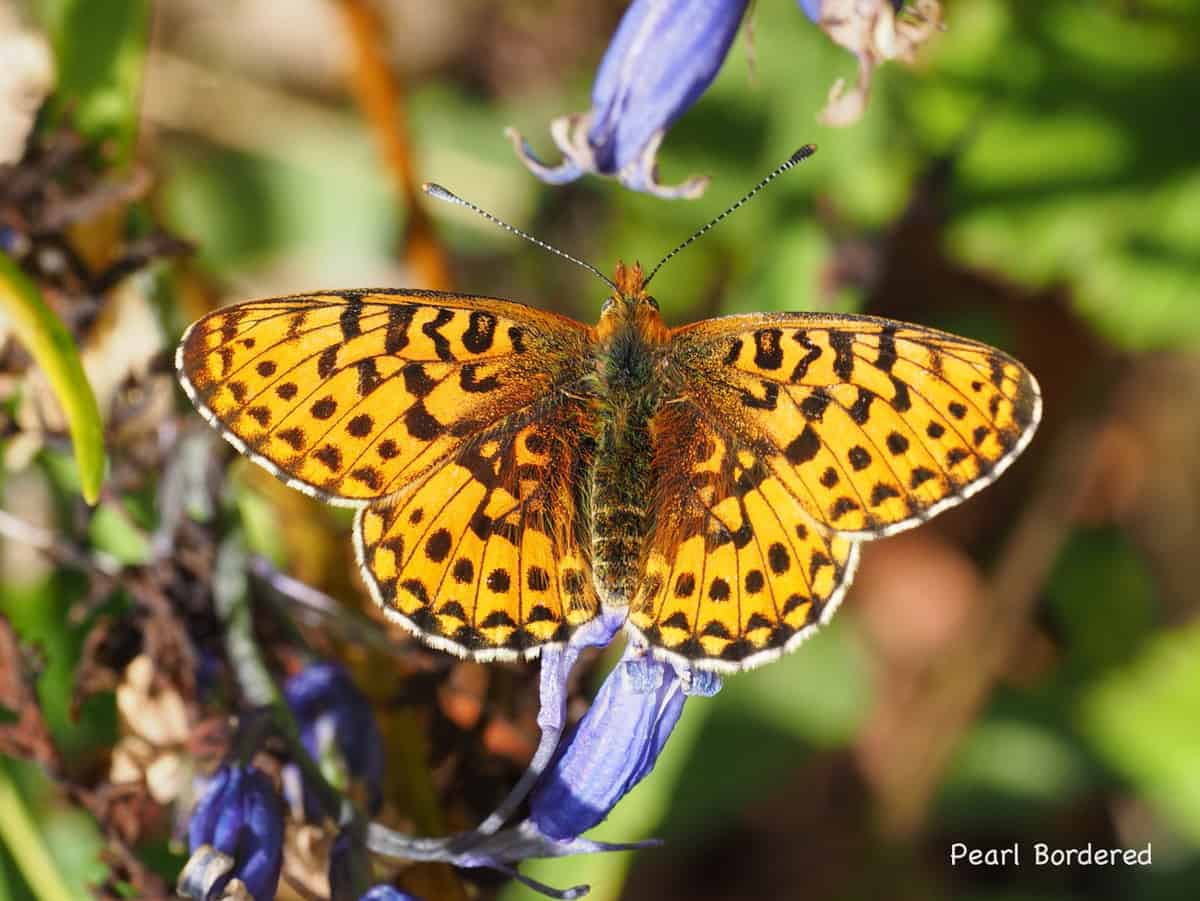June in the Forest 2022

OLYMPUS DIGITAL CAMERA
June in the Forest
Seeing butterflies on our walks and in our gardens is one of the delights of early summer though, sadly, not such a frequent experience as it used to be. We are lucky in the forest to see good numbers of Peacocks, Red Admirals, yellow Brimstones and Small Tortoiseshells earlier in the year when warmer weather wakes them from hibernation. They seek out meadows and woodland rides and are also happy in gardens, especially those that are not too tidy and have room for wild flowers and patches of nettles. Other butterflies over-winter as a chrysalis or caterpillar and have to wait for spring to start their food plants into growth.
The forest is a home to such woodland specialists as the Pearl-bordered Fritillary, an orangey-brown butterfly with white ‘pearls’ along the edges of the undersides of both fore and hind wings and a central pearl in the middle of the under hind wing. (Mick Farmer’s photo shows the upper sides of the wings). If you have been out in the right place at the right time you may have already seen them fluttering along the edges of woodland paths, looking for violets on which to lay their eggs. The Small Pearl-bordered Fritillary should appear this month. It is smaller (not surprisingly!) but is hard to identify unless you see it beside its larger relative or it settles with its wings up to let you see the black spot next to the pearl on its under hind wing. Many years of hard work have gone into understanding the habitat requirements of these species and recognising that open areas of coppice and rides, where the butterflies can find shelter, warmth, nectar and places to lay eggs, have allowed them to survive. As a result there are deliberate efforts to recreate these areas, which benefit woodland birds as well.
Even species of butterfly which live deep in the forest are not immune to the destructive effects of factors such as widespread pesticide use in the wider countryside (and gardens as well). Protection of butterflies cannot be achieved by creating ‘island’ nature reserves whose area is too small to allow natural movement and space for genetically-diverse populations. If we care about our wildlife we need to push for an approach to land use which is sustainable, in agriculture, forestry, urban spaces and the 400,000 hectares of gardens in the nation. This is the way we will protect our own future as well.
Linda Iles



